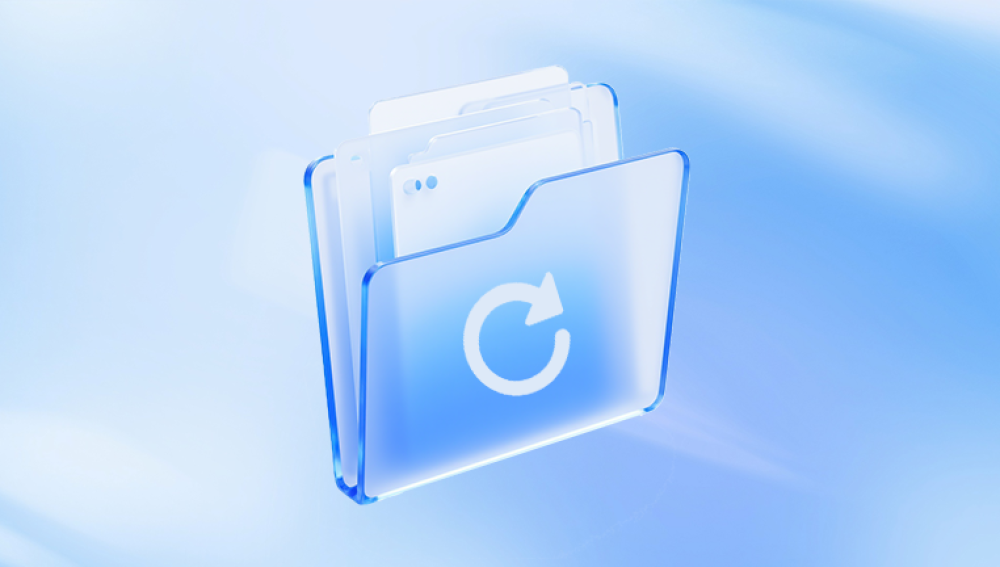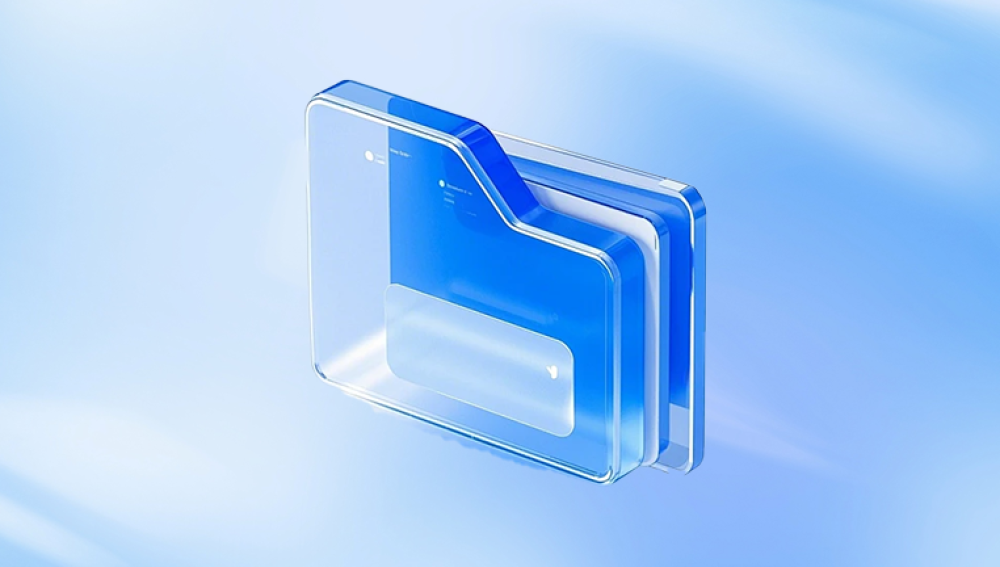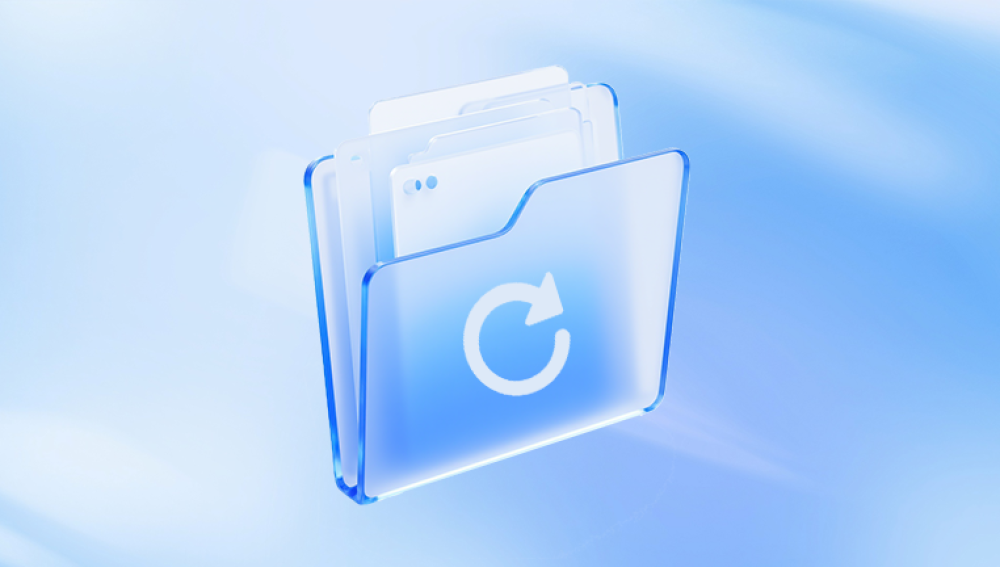Recovering deleted files from the Recycle Bin may sound straightforward, but the process and considerations surrounding file recovery can be surprisingly complex.
The Recycle Bin in Windows operating systems serves as a safety net that temporarily stores deleted files, giving users a chance to recover them before permanent deletion. When a file is deleted via the “Delete” key or right-click menu, it is moved from its original location to the Recycle Bin rather than being immediately erased from the hard drive.
Why is this important? Because when a file is in the Recycle Bin, the operating system still retains the file data on the disk, along with its metadata. The file’s original directory and file name are preserved, making recovery much easier compared to files deleted using “Shift + Delete,” which bypasses the Recycle Bin and removes references to the file immediately.

What Happens When Files Are Deleted?
To understand recovery, you need to know what happens behind the scenes:
File moved to Recycle Bin: The file is not deleted but relocated to a hidden folder named $Recycle.Bin on the same partition.
Metadata updated: The file path, original location, and deletion date are stored.
File data remains: The actual data blocks on the disk remain intact unless overwritten.
Recycle Bin size limit: The Bin has a maximum size limit based on the disk volume. If exceeded, the oldest files are permanently deleted.
Emptying the Recycle Bin: When the user empties the Bin, file entries are removed, and disk space is marked as free, but the actual data remains until overwritten.
This knowledge is crucial because it means files in the Recycle Bin can be restored easily as long as they have not been permanently deleted or overwritten.
How to Recover Deleted Files from the Recycle Bin
Step 1: Open the Recycle Bin
The simplest way to start is to open the Recycle Bin icon on your desktop.
Double-click the Recycle Bin icon.
You will see a list of deleted files and folders, often organized by deletion date.
Step 2: Search and Select the Files You Want to Recover
Use the search box at the top right if you remember the file name or extension.
Browse through the files if you are unsure.
You can sort by deletion date, original location, or file type to find files faster.
Step 3: Restore Files
Select the files or folders you want to recover.
Right-click the selection and click Restore.
The files will be restored to their original locations on your disk.
You can also drag and drop files out of the Recycle Bin to another location if you want to restore them somewhere else.
Step 4: Check the Restored Files
After restoring, navigate to the original folder or the new location to verify the files are intact and accessible.
What If You Can’t Find the Files in the Recycle Bin?
Sometimes, files you expect to be in the Recycle Bin aren’t there. This can happen for several reasons:
Files deleted using Shift + Delete: These bypass the Recycle Bin and are permanently deleted.
Recycle Bin overflow: If the Bin was full, older files were automatically purged to make space.
Files on external drives: Deleting files from USB drives or network shares may bypass the Recycle Bin.
Corruption or system errors: The Recycle Bin folder or database may be corrupted.
Recovering Files Not Present in the Recycle Bin
If your files are missing from the Recycle Bin or you emptied the Bin, you still may be able to recover them using the following methods:
Method 1: Use File History or Previous Versions
Windows has built-in file backup features that may help:
File History (Windows 8/10/11): If you have enabled File History, you can restore previous versions of files or folders.
Previous Versions: Right-click the folder where the file was located, choose Properties, then go to the Previous Versions tab. If backups exist, you can restore files from earlier snapshots.
Method 2: Use Windows Backup and Restore
If you regularly back up your system using Windows Backup:
Go to Control Panel > Backup and Restore (Windows 7).
Choose Restore my files and follow the wizard to recover files from backup.
Method 3: Use Third-Party Data Recovery Software
If the file is permanently deleted or missing from the Recycle Bin and backups are unavailable, recovery software is the best chance to retrieve lost data. These tools scan your disk for remnants of deleted files and can recover files if their data blocks haven’t been overwritten.
Popular options include:
Drecov Data Recovery
Drecov Data Recovery is a powerful and user-friendly software designed to help recover deleted files, including those removed from the Recycle Bin. When you delete files in Windows, they are usually moved to the Recycle Bin, where they can be easily restored. However, once the Recycle Bin is emptied, those files are no longer visible and considered permanently deleted. This is where Drecov Data Recovery becomes especially valuable.
When files are deleted even after emptying the Recycle Bin they aren’t immediately erased from your storage device. Instead, the space they occupy is marked as free and can be overwritten by new data. Until that happens, recovery software like Drecov Data Recovery can scan the drive, locate the remnants of deleted files, and restore them.
How to Use Data Recovery Software
Download and install the recovery tool on a different drive than the one you want to recover files from (to avoid overwriting).
Launch the software and select the drive or partition where the deleted files were located.
Perform a scan: There are typically two types of scans:
Quick Scan: For recently deleted files.
Deep Scan: More thorough, searches file system metadata and raw data.
Preview found files: Most tools allow previewing files before recovery.
Select and recover files: Choose which files to recover and specify a safe destination (not on the original drive).
Tips to Maximize Recovery Success
Stop using the drive immediately: The more you use the disk after deletion, the greater the chance data will be overwritten.
Avoid installing recovery software on the affected drive.
Work quickly: The sooner you act, the better the chance of full recovery.
Recover to a different disk or partition.
Backup your data regularly to prevent future loss.
Troubleshooting Common Recycle Bin Issues
Sometimes users encounter problems related to the Recycle Bin that can prevent recovery:
Recycle Bin Corruption
Symptoms:
Cannot open Recycle Bin.
Files appear missing or won’t restore.
Error messages when emptying or restoring.
Fix:
Open Command Prompt as administrator.
Type rd /s /q C:\$Recycle.bin and press Enter. (Replace C: with your drive letter.)
Restart your computer.
This deletes the Recycle Bin folder on that drive and Windows recreates it fresh.
Recycle Bin Size Issues
If the Recycle Bin’s size limit is too small, files may get permanently deleted sooner.
How to adjust:
Right-click Recycle Bin > Properties.
Select the drive.
Increase the maximum size allotted for the Bin.
Apply and save changes.
Preventing Data Loss: Best Practices
Always double-check before deleting files.
Regularly back up important data using cloud services or external drives.
Use version control for critical documents.
Enable Windows File History or other backup solutions.
Avoid deleting files directly from external or network drives without checking if Recycle Bin protection applies.
Recovering Files from Other Sources Related to Recycle Bin
The Recycle Bin only applies to local drives with NTFS or FAT file systems. Here’s what happens with other types of storage:
USB flash drives or external hard drives: Files deleted here often bypass the Recycle Bin.
Network drives: Files deleted from mapped network drives usually bypass Recycle Bin.
Cloud storage: Deletion and recovery depend on the cloud service provider’s versioning and trash policies.
In these cases, check if the device or service has its own recycle or trash folder and use that for recovery.
Recovering Deleted Files on Mac (Trash) and Linux (Trash)
For completeness:
On Mac, deleted files go to Trash and can be restored similarly by right-clicking and selecting Put Back.
On Linux, deleted files go to a hidden .Trash folder in your home directory or partition, depending on the desktop environment.
If files are permanently deleted, third-party tools such as Disk Drill (macOS) or TestDisk (Linux) can assist.
Understanding Limitations of Recycle Bin Recovery
Files deleted from the Recycle Bin are harder or impossible to recover using standard Windows tools.
Overwritten files cannot be recovered.
Corrupted or formatted drives require specialized recovery techniques.
Some file types and system files are protected and handled differently.
Final Words on File Recovery from the Recycle Bin
Recovering deleted files from the Recycle Bin is usually simple when files remain there. However, understanding what happens at deletion, how the Bin works, and the available recovery options helps in more challenging situations. Following best practices like backing up data, acting quickly, and using professional recovery tools when needed significantly improves your chances of restoring lost files.
Remember, prevention is always better than cure. Having a good backup strategy and careful file management reduces the need for complicated recovery efforts. But when you do face accidental deletion, the methods outlined here will guide you safely back to your important data.




